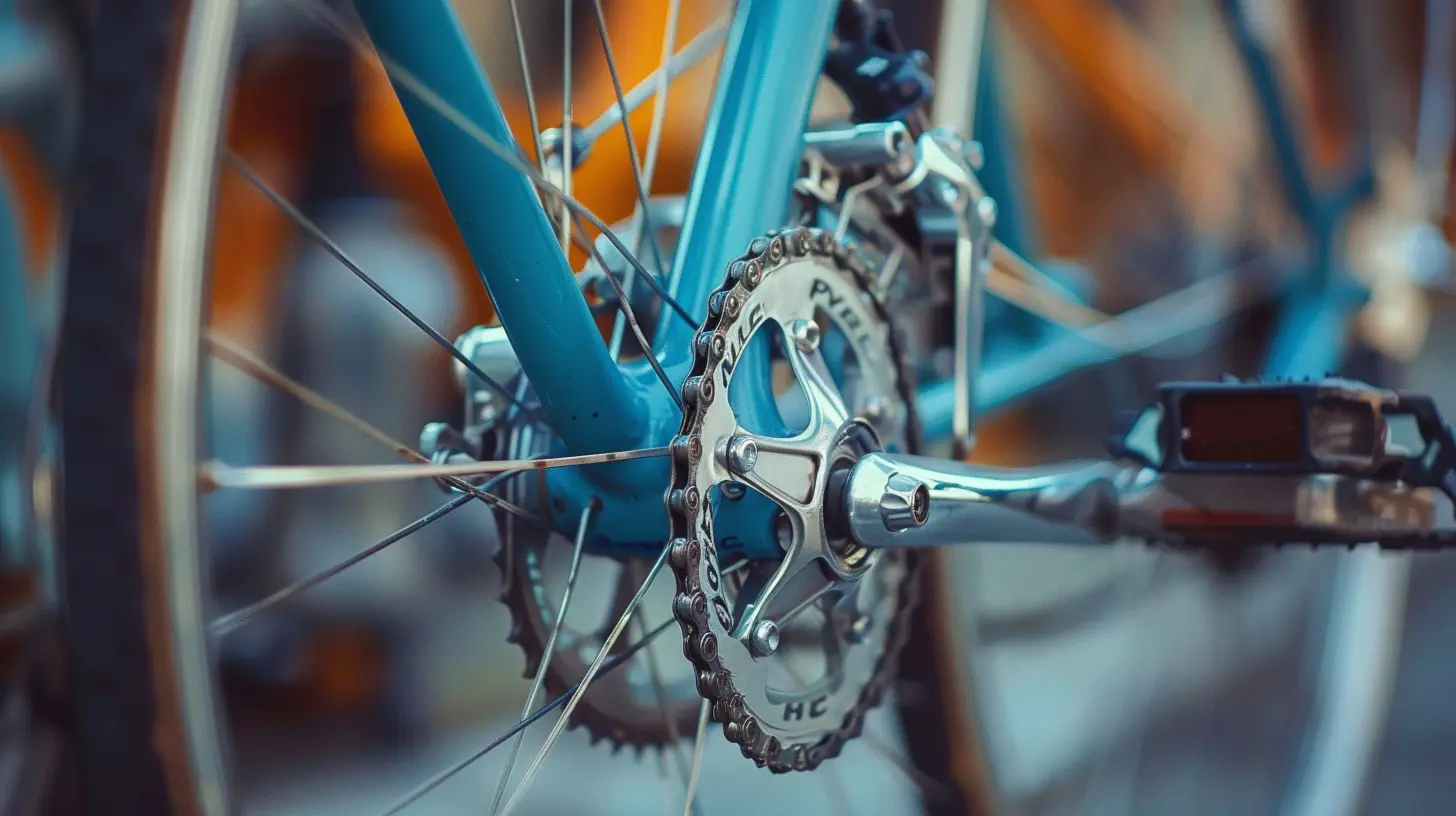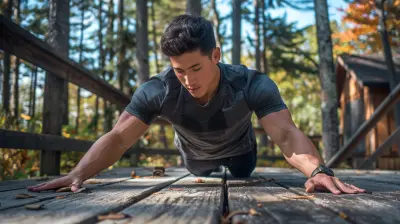How to Correctly Adjust Your Bike for Comfort and Efficiency
21 November 2025
Riding a bike should feel like flying on two wheels, not like wrestling with a medieval torture device. If your bike doesn't fit you properly, you're in for a world of discomfort, aching muscles, and wasted energy. The solution? Adjust your bike for comfort and efficiency!
Whether you're a weekend warrior, a daily commuter, or a seasoned cyclist, dialing in the perfect fit can transform your ride. So let’s get into the nitty-gritty of setting up your bike like a pro without needing an engineering degree! 
🚴 Why Bike Fit Matters
Imagine wearing shoes that are two sizes too small—painful, right? The same concept applies to your bike. A poor fit can lead to knee pain, back stiffness, hand numbness, and sheer frustration. But don’t worry! With a few simple tweaks, you’ll glide through miles effortlessly and pain-free.Bike fit isn’t just about comfort; it also boosts efficiency. A well-adjusted bike helps you pedal with maximum power while reducing strain. So, if you've ever wondered why riding feels harder than it should, your bike might be gaslighting you with a bad fit. 
🛠 Key Adjustments for a Perfect Fit
To achieve that magical combination of comfort and efficiency, you’ll need to focus on three main areas: saddle position, handlebar placement, and pedal alignment. Let's break it down step by step.1. Getting Your Saddle Height Just Right
If your saddle is too high, you’ll feel like you're constantly reaching for the pedals. Too low? Your knees will feel like they've been through a marathon in the wrong shoes. Finding the perfect height is crucial!How to Adjust It:
- Sit on your bike with your heel on the pedal at its lowest point.- Your leg should be completely straight—no bend in the knee.
- When you move your foot into a proper pedaling position (ball of the foot on the pedal), there should be a slight bend in the knee (about 25-30 degrees).
- If your hips rock back and forth while pedaling, lower the saddle a bit.
Bonus Tip: If you feel pressure in the front of your knees, your seat is probably too low. If you’re feeling it in the back of your knees, raise your saddle slightly.
2. Finding the Perfect Saddle Fore-Aft Position
Your saddle isn't just about height; its forward-backward position affects your overall efficiency too.How to Adjust It:
- When pedals are horizontal, a plumb line from your forward knee (right over the kneecap) should line up with the pedal axle.- If your knee is too far forward, move the saddle back slightly.
- If it's too far behind, slide the saddle forward.
This adjustment ensures your power transfer is smooth and reduces unnecessary strain on your knees.
3. Getting Your Handlebar Height Right
The wrong handlebar height can force you into an uncomfortable position, leading to neck pain, back strain, and numb hands. Nobody wants that!How to Adjust It:
- For comfort-focused riding (commuters, casual riders), keep the handlebars about the same height as your saddle or a little higher.- For performance cycling (racers, road warriors), a lower handlebar position can improve aerodynamics.
If you’re experiencing wrist pain or numb hands, raising your handlebars slightly can work wonders.
4. Handlebar Reach – Helping Your Back and Shoulders
The distance between your seat and handlebars (reach) is just as important as height. Too short? You’ll feel cramped. Too long? Back pain is incoming.How to Adjust It:
- When you rest your hands on the handlebars, your elbows should have a slight bend, not locked out.- Your back should be at a comfortable lean—not too upright, not awkwardly stretched out.
- If you find yourself constantly shifting forward, your handlebars might be too far away.
A proper handlebar reach will help you maintain good posture and avoid turning into a human pretzel after long rides.
5. Pedal and Cleat Position – Small Details, Big Impact
If you're using clip-in pedals or even standard pedals, proper foot positioning is crucial.How to Adjust It:
- The ball of your foot should be directly over the pedal axle when pedaling.- If your knees feel strained, check your cleat positioning (if using clipless pedals).
- Make micro-adjustments until your knees track straight up and down, not wobbling side to side.
Not paying attention to pedal alignment can lead to knee irritation faster than wearing brand-new shoes on a hiking trip! 
🚀 Bonus Tips for a Smooth Ride
1. Invest in a Good Bike Fit
If you’re struggling to get comfortable, a professional bike fit can be worth every penny. These experts use lasers, measurements, and wizardry to make sure your setup is spot on.2. Wear Padded Shorts
Yes, they may look funny, but your butt will thank you on long rides. Less chafing, more comfort!3. Check Your Tire Pressure
Too low? You’ll feel like you're riding through peanut butter. Too high? Every little bump will shake your bones. Keep it within the recommended range for smoother rides.4. Stretch Before and After Rides
A few simple stretches can prevent stiffness and make your next ride more enjoyable. Your body deserves a little love, too!5. Make Small Adjustments Over Time
Don’t change everything at once. Small tweaks make a big difference—give yourself time to adapt.
🚲 Final Thoughts
Your bike should feel like an extension of your body, not a medieval torture rack. By dialing in the right adjustments—saddle height, fore-aft position, handlebar reach, and pedal alignment—you’ll ride with more comfort, less pain, and better efficiency.A well-fitted bike means smoother rides, more miles, and fewer aches. So, take the time to fine-tune your setup, and your body will thank you every time you hop on.
Now, go out there and ride like the wind—without the unnecessary pain!
all images in this post were generated using AI tools
Category:
Cycling FitnessAuthor:

Arthur McKeever

